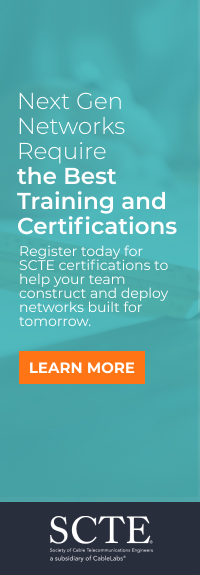Unlocking ROI with GenAI: A Guide to Leveraging Enterprise Data and Ensuring Scalability
Overcoming Scalability Challenges
To scale AI effectively, companies must manage resources strategically, addressing both technical and operational challenges. GenAI’s resource-intensive nature requires organizations to optimize deployments, balancing cost, speed, and scalability. This involves segmenting information assets and sub-sampling training data to mitigate the risk of triggering catastrophic forgetting during fine tuning, where the model may forget prior knowledge in favor of the new training data. Scalability is further enhanced by segmenting data for optimized use. This approach allows models to retain critical information while maintaining performance. By strategically managing data, organizations can extend the model’s lifespan and ensure consistent quality across applications.
Legal and Governance Considerations
One critical consideration in GenAI adoption is choosing a reliable base model. With thousands of open-source options available, many come with licensing restrictions and lack indemnification. IBM’s Granite model suite addresses these concerns by offering an exclusive model where retains full oversight of training data. This assurance reduces legal risk, as companies can trust that the base model aligns with compliance standards.
Operating without such safeguards can expose businesses to potential legal issues, especially if model outputs infringe on intellectual property rights. For companies focused on legal compliance, selecting a model provider that offers indemnification can streamline GenAI implementation and reduce associated risks.
Model Development, Testing, and Scaling for Production
Effective model development involves a disciplined approach to data curation, training, and testing. Key metrics, such as RAG chunking accuracy, lookup quality, and inference performance, should be defined and monitored throughout the model’s lifecycle. Automated testing protocols similar to traditional software testing help identify and resolve issues early, ensuring that the model functions as intended.
Large-scale deployments require seamless integration between software and hardware, with redundancies in place for fault tolerance. Companies should assess performance metrics like dataset volume and refresh rates, as calculating embeddings and indexing requires substantial resources. Beyond core language models, additional models, such as those for ranking and query refinement, support improved functionality and compliance.
Determining the right hosting approach whether on-prem, in the cloud, or hybrid, depends on a fit for purpose approach that evaluates an organization’s capacity, security requirements, and strategic goals for data location and processing. Choosing the optimal setup ensures scalability, performance, and compliance, aligning the AI infrastructure with business objectives.
Conclusion
GenAI for the enterprise is indeed rapidly advancing and shows no signs of slowing down. To stay ahead, organizations should begin developing their AI models immediately. Embarking on this journey presents fresh obstacles, yet many of these hurdles mirror conventional IT challenges. Effectively integrating various elements—including hardware, software, databases, models, and data—is demanding and introduces unfamiliar processes. Fortunately, assistance is readily accessible to navigate these intricate landscapes successfully.



















